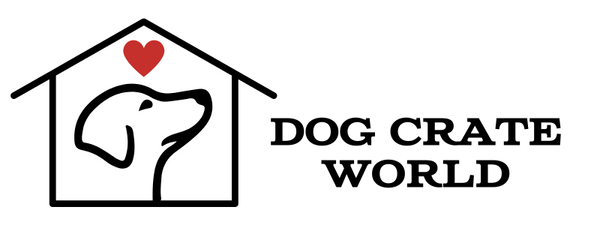When choosing a new dog for your household one consideration may be to what extent you want to have to deal with hair shedding. It is a natural process for dogs, and while some breeds barely shed, others can leave your home in quite a hairy mess! Knowing which breeds shed the most, which dogs have double coats and why, can help pet owners better manage their dog friends’ shedding and grooming needs.
What Is a Double Coat?
A dog's coat is not just about appearance—it serves important biological purposes. Double-coated breeds, have a fur structure designed for specific climates and tasks.
A double coat consists of two layers of hair:
- Undercoat: A dense, soft layer close to the skin that provides insulation, keeping the dog warm in winter and cool in summer.
- Topcoat: this layer is coarser and protects against dirt, moisture, and UV rays.
Do Double-Coated Dogs Shed More?
The answer is yes, double-coated dogs shed to regulate their body temperature and maintain healthy fur. During seasonal changes, the undercoat falls out, which is why these double coat breeds shed so heavily in Spring or early Summer.
Double-coated dogs were often bred for specific working roles in harsh climates. For example:
- Huskies and Malamutes: Their coats are designed for arctic conditions, keeping them warm while allowing their skin to breathe.
- German Shepherds: Their coats provide protection during their work as herding or service dogs.
Top 10 Dogs That Shed the Most
Some breeds are notorious for heavy shedding. These are some of the main culprits:
1. Siberian Husky - Known for their beautiful thick coats, Siberian Huskies are adapted to cold climates. They shed heavily twice a year during seasonal changes, a process known as "blowing their coat."
2. Golden Retriever - With their long, attractive coats, Golden Retrievers are popular family dogs, but they are also heavy shedders. Their shedding tends to be consistent year-round, with heavier shedding during spring and fall.
3. German Shepherd - German Shepherds have a dense double coat that sheds year-round. They "blow" their undercoat during seasonal changes, leading to copious amounts of fur.
4. Labrador Retriever - Labradors may have shorter fur, but their double coats shed persistently. They shed seasonally and require regular brushing to manage the volume.
5. Alaskan Malamute - Similar to Huskies, Alaskan Malamutes are built for cold weather and have thick double coats. They shed heavily, especially during seasonal changes.
6. Bernese Mountain Dog - These gentle giants have long, silky fur that sheds constantly, with seasonal increases in volume.
7. Corgis - Despite their small size, Corgis have dense double coats that shed year-round, making them surprisingly heavy shedders.
8. Akitas - They have a thick medium lenght double coat and are very heavy seasonal shedders.
9. Doberman - Dobermans have a short single layer coat but despite that they are surprisingly heavy shedders.
10. Sheepdogs - No surprises here, the poster dog for shedders with their voluminous long fur
.
Managing Shedding
Proper grooming is crucial to maintaining the health of a double coat. Frequent brushing reduces loose fur and prevents mats from forming.Specilaized grooming tools, like undercoat rakes, help remove dead fur from the undercoat.
Avoid shaving. Shaving a double-coated dog can damage the coat and disrupt its natural insulation.
Vacuum regularly and invest in a high-quality pet hair remover for furniture.
Feed your dog a healthy diet with added omega-3 fatty acids to promote a healthy coat.
Bathe your dog occasionally with a dog shampoo to reduce excess fur and dander.
Robin Logan, RHSom

